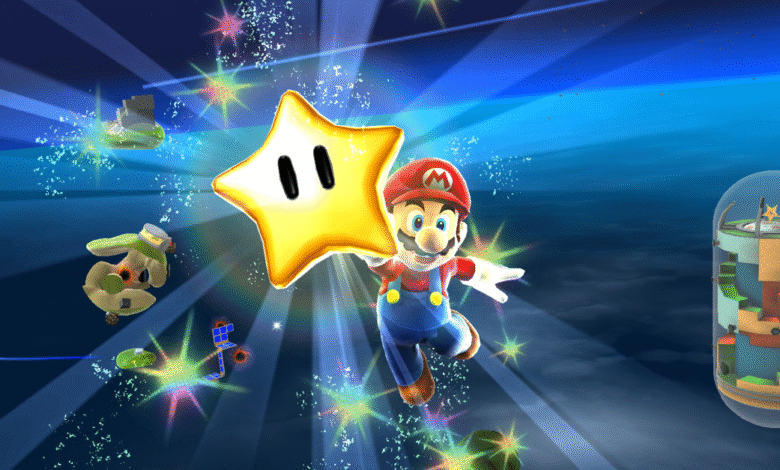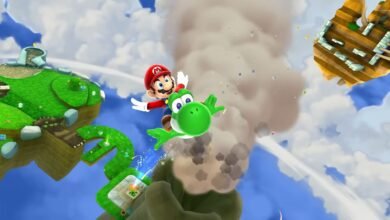Why Super Mario Galaxy Is Still a Masterpiece

▼ Summary
– Nintendo has released straightforward ports of Super Mario Galaxy and its sequel for Switch and Switch 2, making these critically acclaimed games easily accessible in 2025.
– The Galaxy games feature unique, tightly-focused level design with small planets and sci-fi elements that have aged remarkably well.
– These re-releases are disappointing due to their simplicity and lack of additional features, despite their $40 individual or $70 bundled price.
– The games control well with detached Joy-Cons mimicking the original Wii setup and still look great with their mix of cartoony and sci-fi visuals.
– While offering a chance for new audiences to play these inventive platformers, Nintendo continues its pattern of barebones re-releases without significant enhancements.
The arrival of Super Mario Galaxy and its sequel on modern Nintendo consoles offers a new generation the chance to experience two of the most imaginative platformers ever created. While these ports deliver the same stellar gameplay that defined the originals, they arrive with disappointingly few enhancements, leaving fans wishing for more substantial updates from a company with Nintendo’s resources and legacy.
Originally launching in 2007 and 2010, the Galaxy titles marked a fascinating evolution in 3D Mario adventures. Their science-fiction setting, which famously introduced the character Rosalina, sends Mario across a universe of tiny, spherical planets, many small enough to fit on a single screen. The core objective remains collecting Power Stars to unlock new areas, but the genius lies in the games’ tightly-focused level design. Each stage explores a single, clever concept thoroughly before seamlessly transitioning to the next fresh idea.
This emphasis on inventive design ensures the Galaxy games have aged beautifully. The fixed camera perspective feels unusual at first, but players quickly adapt thanks to levels that are expertly crafted around this limitation. True to the series’ finest entries, these games are a whirlwind of creativity. You might find yourself battling shifting gravity while navigating the inside of a giant pill, only to moments later be using Yoshi’s tongue to swing across dangerous chasms. Even as the Mario franchise has branched out into the open-world exploration of Odyssey and the 2D chaos of Wonder, nothing else captures the unique magic of the Galaxy duology.
Playing with detached Joy-Con controllers provides a wonderfully authentic experience, closely mimicking the original Wii Remote and Nunchuk setup the games were designed for, complete with plenty of screen-pointing action. Visually, the combination of Mario’s classic cartoon aesthetic with shimmering, cosmic backdrops remains strikingly effective and visually appealing.
This inherent quality is likely why Nintendo felt little need to overhaul these re-releases. The ports feature slightly improved resolution, touchscreen controls for handheld mode, some expanded storybook content, and a helpful new assist mode for less experienced players. However, for a premium price point, $40 per game or $70 for the physical bundle, the lack of significant new features feels like a missed opportunity.
This minimalist approach is consistent with Nintendo’s history. The previous re-release of the first Galaxy game was part of the barebones Super Mario 3D All-Stars collection, which was oddly available for only a limited period. The situation creates a conflict for fans: it’s fantastic that more people can play these masterpieces, but it’s frustrating that Nintendo doesn’t treat its classic titles with more reverence, seemingly viewing them as mere promotional tools for the next big movie.
For now, it appears that perspective won’t be changing. So, we are left to state the undeniable truth: Super Mario Galaxy remains an absolute masterpiece.
(Source: The Verge)





